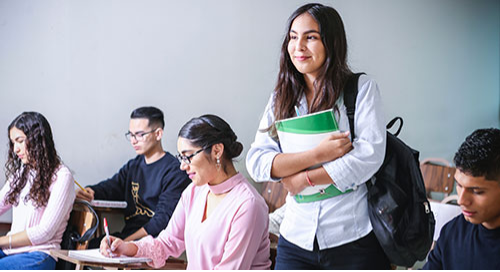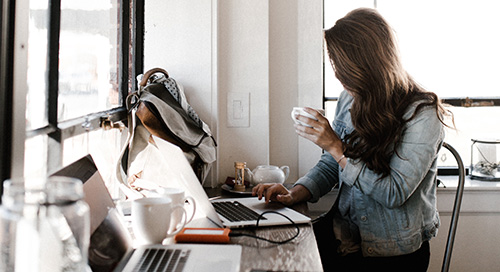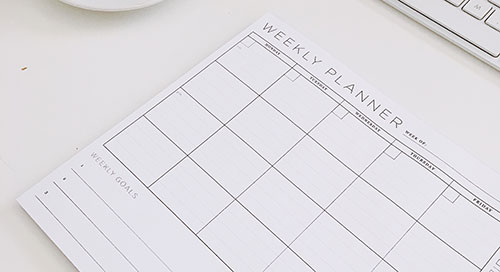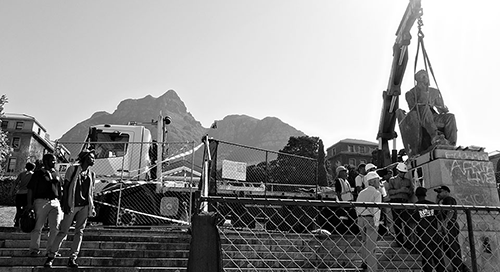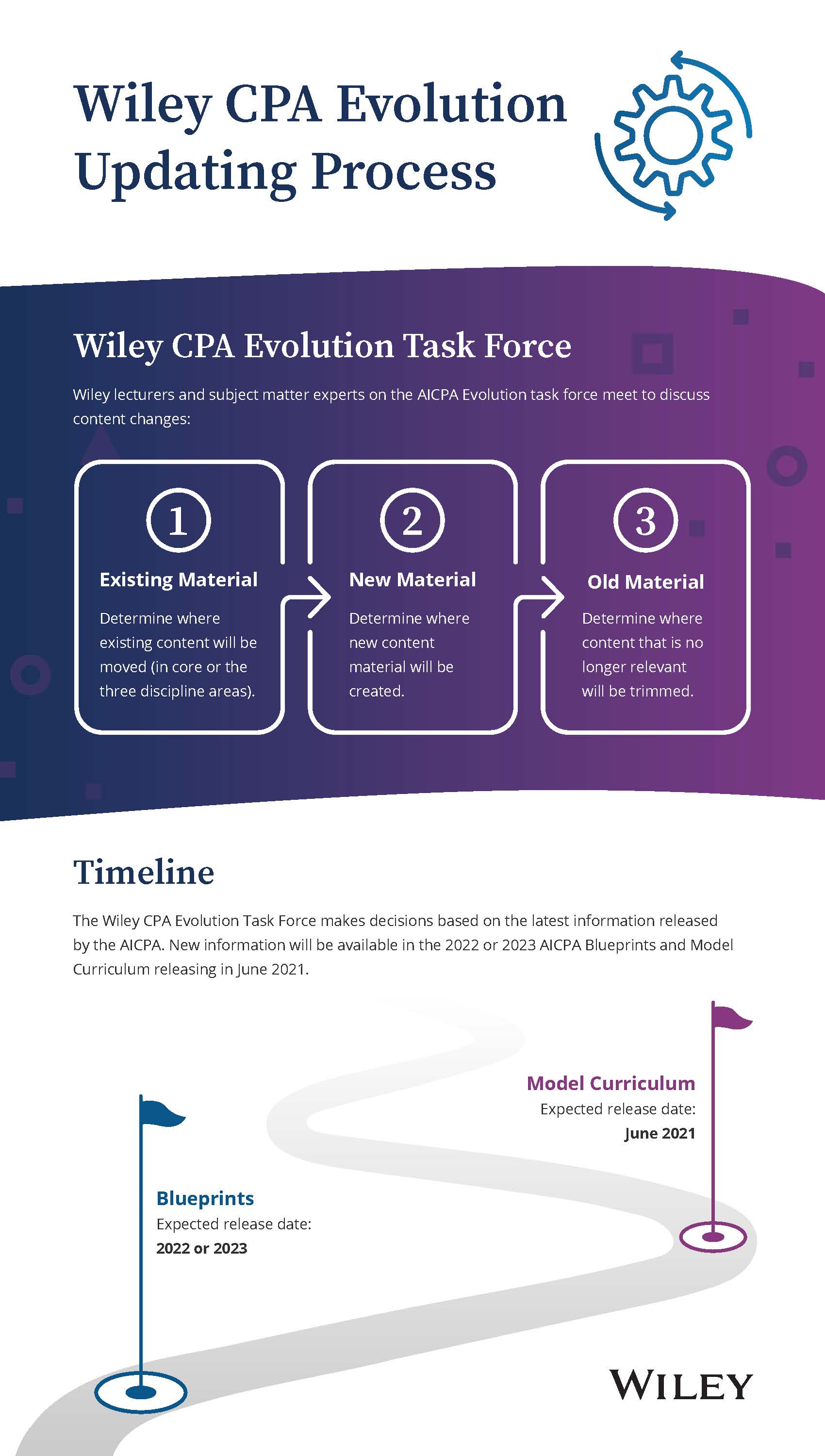4-strategies-for-staying-fresh-in-the-classroom
March 06, 2019
At the beginning of the school year, I always have the best intentions to incorporate original and exciting twists into my teaching. As the academic year kicks off, adrenaline fuels me to incorporate new teaching strategies into my daily routine.
The reality for most educators is that the honeymoon period ends after the first month. Maintaining new routines can become a challenge; it’s tempting to revert back to the same old practices we’ve used the year before.
How do I straddle the line between reinventing the wheel and keeping things interesting throughout the academic year? Here are four teaching strategies you can start implementing today.
1. Step Outside of Your Comfort Zone
Think about small improvements. Try something different that isn’t directly connected to your content. Implement one habit and perform it with intention. You might decide to start off with a joke, throw in personal anecdotes from when you studied the same material, or walk around and interact with students more. It can be anything that you’re not doing now. Sure, it might feel forced at first, but after a week or so…effortless.
2. Utilize Checks for Understanding
I have a natural tendency to race through a lecture. My desired motive is to save my students time. However, the issue with speediness is that I don’t budget much time for students to process the information. Last year’s classes enlightened me. I began to perform a short and simple check for understanding during the lecture, and it was a game changer.
Checking for understanding supports customized learning based on the unique needs of a particular class. It’s up to you to determine when the check makes the most sense—at the beginning, middle, or end of the lesson. It’s important to make the check a low stakes activity since receiving honest feedback is key. A pause directs the pace of the lecture and provides valuable information to you, the educator. Once complete, you can either circle back and devote more time to a topic, or march forward knowing the majority is ready to move with you.
3. Be Accessible to Your Students
Whether it’s scheduled office hours or hosting an extra test prep session, educators are no strangers to getting the job done outside of normal class time. But what if you deliberately budgeted time for this during class? Consider adding student-centered work sessions, also known as independent work days.
With independent work days, you act as a facilitator. Students work, and you move through the lab, classroom, or lecture hall, engaging with them. Un-think teaching a new lesson to the masses. Instead, focus on connecting with small groups of students, anticipating questions they may have regarding the task at hand.
I’ve found that students often form small groups. As a result, your role becomes more manageable than in a larger group setting. An added benefit of the groupings is that students will help each other if you’re unable to get to them immediately.
4. Bounce Ideas Off a Peer
This year I’m lucky to be mentoring a physics teacher, Rebecca, who is new to my school but has a great deal of experience teaching in another district. Rebecca has a talent for setting the stage at the start of a lesson and getting students to envision the big picture. This is something I don’t do well. My interaction with Rebecca has driven me to implement a more cohesive approach when I begin new material.
Peer interaction brings different perspectives to the table. Working with a colleague helps me revisit aspects of my teaching, makes me comfortable to examine weaknesses, and explore changes in my routines.
Wrapping It Up
A few simple, fresh ideas can motivate students, and energize our work. What tips do you have for infusing new instructional strategies into your classroom? Post a comment in the space below, and I will be sure to connect with you.
Doug Petrick holds an Architectural Engineering degree from Pennsylvania State University and a Master of Arts in Teaching from California University of Pennsylvania. He is currently a high school Physics teacher at Upper St. Clair High School in Pittsburgh. Doug regularly contributes to The Wiley Network, offering practical advice and instructional strategies.




